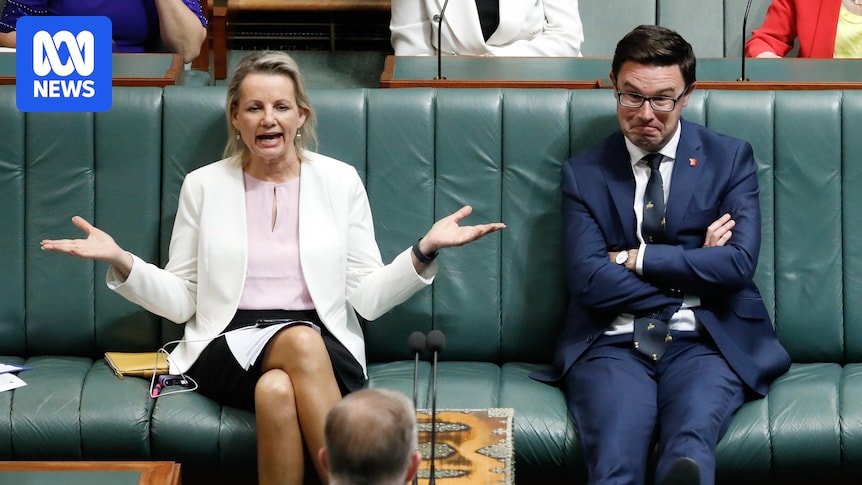Liberals and Nationals: The End of an Era? A Coalition's Uncertain Future
The Australian political landscape is shifting. The once seemingly unshakeable coalition between the Liberal and National parties, a cornerstone of Australian politics for decades, faces an uncertain future. Recent electoral setbacks, internal divisions, and evolving political priorities are raising serious questions about the viability of this long-standing alliance. Is this truly the end of an era?
A History of Coalition: Strength in Numbers?
The Liberal-National coalition has been a dominant force in Australian politics since World War II. Built on a foundation of shared conservative values, albeit with differing regional focuses, the arrangement allowed for a broad appeal across the electorate. The Liberals, traditionally stronger in metropolitan areas, partnered with the Nationals, who held significant influence in rural and regional constituencies. This strategic alliance proved highly effective, resulting in numerous years in government.
However, this symbiotic relationship has faced increasing strain in recent years.
Cracks in the Foundation: Policy Divergence and Internal Strife
Several key factors have contributed to the growing tensions within the coalition:
-
Climate Change Policy: Differing approaches to climate change have created a significant rift. The Nationals, representing largely resource-dependent constituencies, have often resisted ambitious climate action, clashing with the more moderate stances of some within the Liberal party. This divergence has led to internal battles and public disagreements, undermining the coalition's united front.
-
Economic Policies: While both parties advocate for economic liberalism, disagreements on the specifics, particularly concerning agricultural subsidies and infrastructure spending, have caused friction.
-
Leadership Challenges: Frequent leadership spills and internal power struggles within both parties have eroded public confidence and damaged the coalition's overall image. This instability has further weakened the already fragile bond.
-
Shifting Electorate: The rise of independent and minor party candidates, particularly in traditionally safe seats, has significantly impacted the coalition's electoral performance, highlighting a loss of connection with sections of the electorate.
The Future of the Coalition: A Crossroads
The future of the Liberal-National coalition remains deeply uncertain. Several scenarios are possible:
-
Continued Coalition: A fragile continued alliance, potentially marked by further internal conflicts and compromises. This would require significant bridging of the existing divides and a clear articulation of shared goals.
-
Formal Separation: A complete breakdown of the coalition, leading to two distinct and separately contesting parties. This could lead to a reshaping of the Australian political landscape.
-
Realignment: A potential reconfiguration of the political landscape, with the coalition reforming with new allies or evolving into a different political entity entirely. This would necessitate a thorough examination of evolving political trends and the needs of the Australian people.
What This Means for Australia
The potential demise of the Liberal-National coalition would undoubtedly represent a significant turning point in Australian political history. It would necessitate a reassessment of the nation's political alignment and potentially lead to a period of considerable uncertainty. The implications for policy development and government stability remain substantial and require close observation.
Further Reading: For more in-depth analysis, consider researching recent election results, key policy debates, and commentary from leading political analysts. [Link to relevant news articles/analysis].
Call to Action: What do you think the future holds for the Liberal-National coalition? Share your thoughts and predictions in the comments below!

